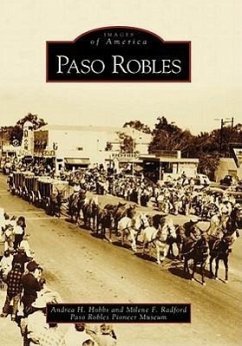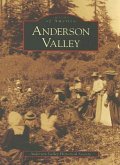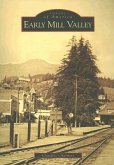Halfway between Los Angeles and San Francisco, the historic town of Paso Robles became known for its abundance of hot mineral springs that brought relief from pain--first for the Salinan Indians, then for the Franciscan friars. As word of the springs' healing powers spread, hotels and bathhouses were built to accommodate the tourists who came seeking cures. The little community developed steadily after 1886, when the railroad arrived and town lots were auctioned. Area homesteaders raised cattle, grew grain, and planted fruit, walnut, and almond orchards--all without irrigation. Once known as the almond capital of the world, Paso Robles' agriculture has gradually changed from dry-land farms to irrigated vineyards. Tourists are attracted to Paso Robles for its mild climate, beautiful scenery, and mineral baths, which are being revived. The area's rich heritage is portrayed through more than 200 images from public and private historical collections.








